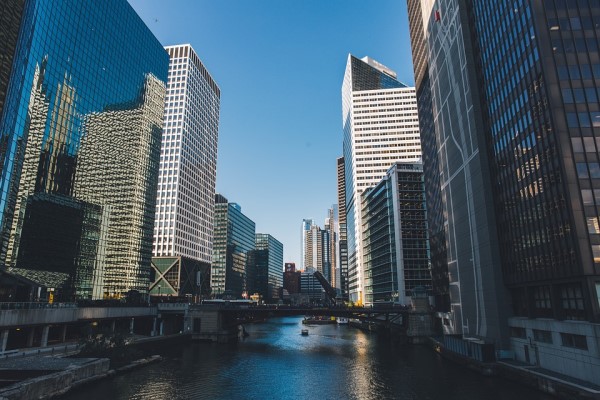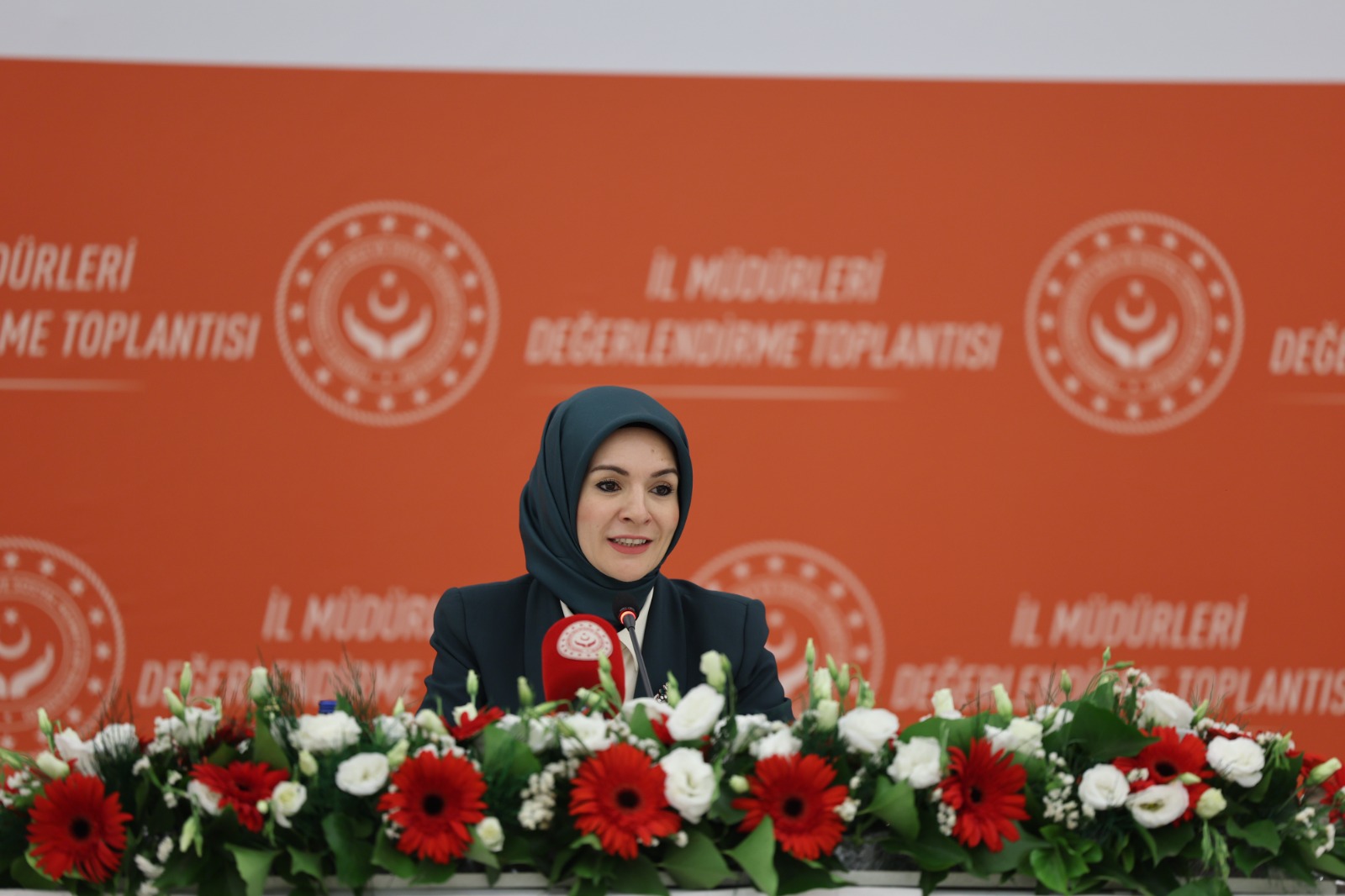SON DAKİKA
GRAM ALTIN
4.674,54
DOLAR
41,1653
EURO
47,9479
STERLİN
55,1048
BIST 100
10.877,52
BITCOIN
$110688
ETHEREUM
$4304.43
XRP
$2.82
TETHER
$1
BNB
$850.91
SOLANA
$208.43
USDC
$0.999766
DOGECOIN
$0.215161
CARDANO
$0.830366
TRON
$0.337333
CHAINLINK
$23.32
Sanayi
OSB
TGB
SEB
DÜNYA
TİCARET
TOBB
İŞ DÜNYASI
İHRACAT
SANAYİ HABERLERİ
ÜRETİM
AR-GE
TEKNOLOJİ
YATIRIM
İÇ POLİTİKA
SAVUNMA
SEKTÖREL HABERLERİ
SANAYİ BAKANLIĞI
OSBÜK
TGBD
STK
SİAD
Adana
Adıyaman
Afyon
Ağrı
Aksaray
Amasya
Ankara
Antalya
Ardahan
Artvin
Aydın
Balıkesir
Bartın
Batman
Bayburt
Bilecik
Bingöl
Bitlis
Bolu
Burdur
Bursa
Çanakkale
Çankırı
Çorum
Denizli
Diyarbakır
Düzce
Edirne
Elazığ
Erzincan
Erzurum
Eskişehir
Gaziantep
Giresun
Gümüşhane
Hakkari
Hatay
Iğdır
Isparta
İstanbul
İzmir
Kahramanmaraş
Karabük
Karaman
Kars
Kastamonu
Kayseri
Kırıkkale
Kırklareli
Kırşehir
Kilis
Kocaeli
Konya
Kütahya
Malatya
Manisa
Mardin
Mersin
Muğla
Muş
Nevşehir
Niğde
Ordu
Osmaniye
Rize
Sakarya
Samsun
Siirt
Sinop
Sivas
Şanlıurfa
Şırnak
Tekirdağ
Tokat
Trabzon
Tunceli
Uşak
Van
Yalova
Yozgat
Zonguldak
İstanbul,
25°C
az bulutlu
Documentary of Antioch shaken by the earthquake: Some Cities Are Indestructible
Istanbul, August 30 (Hibya) – According to experts, the magnitude of the 6 February 2023 Kahramanmaraş-based earthquake, which measured 7.7 on the Richter scale, was about twice that of the 7.4 magnitude 17 August 1999 Gölcük earthquake. Antioch, among the cities shaken by the largest earthquake recorded in Anatolia after the 7.9-magnitude Erzincan earthquake in 1939, is known as the cradle of important contributions to the development of civilisation.
Especially with the effect of this important characteristic of Antioch, Screenwriter Jale Nakkaşoğlu, Director Nuri Koçak and Journalist / Writer Osman Şenkul, who came together very soon after the earthquake, decided to prepare a documentary film to be hosted by the famous actor and former TİP MP Barış Atay, by bringing together their findings covering the relations of Antakya, the ancient city of the Mediterranean basin, with all the civilisations in the region in where it is located and its impact on historical developments.
Speaking to Hibya News Agency, the members of the Documentary Team highlighted the unique features of Antioch, a city of “firsts” throughout its history. They emphasised its status as a “crowded city where the wisest people are found, where the most liberal research can be done”, as described by historian Cicero. The team’s goal is to showcase these unique aspects and contribute to the revival of Antioch’s unique values through their documentary project, adding:
“The documentary project, consisting of several episodes, aims to preserve the history of Antioch, a city with a fascinating past dating back to the early ages. The team will base their narrative on historical documents and expert opinions to revive lost artefacts and contribute to the city’s reconstruction.
“The glorious past of Antioch/Hatay, which caused great sadness with its destruction, sheds light on its future. We will relive the impressive and fascinating history of the city of civilisations, rebuilt after every major destruction, and learn about its important role in human history.
“We aim to open up for discussion and reflection on what can be done today to keep Antioch, destroyed by earthquakes before but rebuilt, away from future dangers. In our documentary project, we aim to reflect on the catastrophe that Antioch experienced and its current situation and to be a part of a long-term solution.
“We want to support the city of civilisations to be brought to the point it deserves by giving place to expert opinions on the understanding with which historical monuments should be protected in the reconstruction of the city.”

According to the information given by the documentary team, the first part of the ‘Some Cities Are Indestructible Documentary’, which consists of four parts and will tell the impressive history of Antioch, will re-enact important events in the ancient city’s past. At the same time, the presenter will enter the re-enacted scenes from time to time and present the region’s history with a stronger narrative.
For example, in the first episode, set in the 40s AD, a cloud of dust appears on the horizon, and some silhouettes are seen approaching the narrator. The narrator says, “Here they come,” and adds, “Peter (Saint Peter), Barnabas, and Paul come to Antioch…”
The documentary’s second part begins with a view of the Abu Najjar mosque, which was largely destroyed in the recent earthquake. From various angles, we see the mosque in ruins. Among the ruins, the presenter tells the story of the Apostles’ friendship with Abu Najjar, a carpenter from Antioch, how the Apostles cured Abu Najjar’s leper son, and the conversations between Habibi Najjar, Barnabas, and Paul.
The third part of the documentary begins with a Hebrew song sung by the Antakya Civilisations Choir. After listening to this song for a while, as the voices slowly fade out, the presenter, who takes the front of the choir, this time tells about the Jews of Antioch because when the Hebrews came to Antioch 23 centuries ago through Syria and Lebanon to trade, some of them liked the city and settled here. At that time, Jews in Antioch, the third largest city in the region after Rome and Alexandria, had migrated from the south to the north, not from Europe, unlike the Sephardim living in Istanbul.
The fourth and final part of the documentary begins with the presenter describing the city as “a mosaic of Sunnis, Alawites, Syriacs, Catholics, Orthodox and Jews”. Then, the presenter, who appears in the close-up, explains the purpose of the four-part documentary Antakya:
“With its values, Antakya is a city that earthquakes cannot destroy. Now, to regain this unique Capital of Civilisations and heal its wounds, we have consulted the opinions of experts in the fields of architecture, design, restoration and urbanism in the world and in our country…Antakya deserves to survive forever with all its beauties.”

SANAYİ HABER AJANSI
Bir Yorum Yazın
Ziyaretçi Yorumları - 0 Yorum











